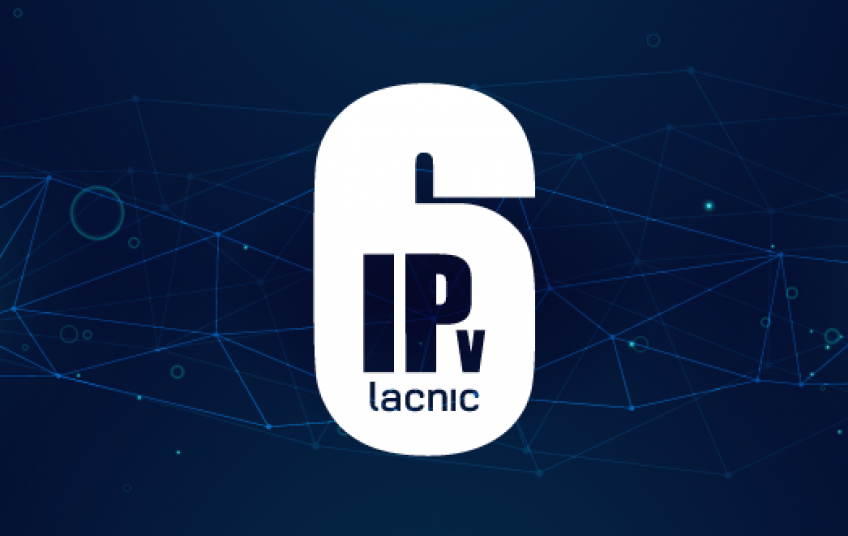In its almost half century of life, the TCP/IP protocols have served to connect billions of people.
Since the creation of the Internet, they have been the universal standards on which information is transmitted over the network, making it possible for the Internet to function.
The acronym IP can refer to two concepts linked to each other; The first is a protocol (Internet Protocol – Internet Protocol in Spanish) and its main function is the bidirectional use (source and destination) of data transmission based on the OSI (Open System Interconnection) standard.
The second possible reference when talking about IP, is linked to a numerical assignment of physical addresses known as IP Address, a logical and hierarchical identifier assigned to an interface of a device within a network that uses the Internet Protocol (Internet Protocol – IP), which corresponds to the network level or level 3 of the OSI reference model.
IPv4 refers to the Internet Protocol in its fourth version (in English, Internet Protocol version 4, IPv4) , a standard for interconnection of Internet-based networks, and which was implemented in 1983 for the operation of ARPANET and the subsequent migration to the Internet.
IPv4 uses 32-bit addresses, equivalent to 4.3 billion unique numbering blocks, a figure that, for the decade of the 80s, seemed simply inexhaustible, however, and due to the enormous and unexpected growth of the Internet, for the year 2011 happened what was never believed to happen, all addresses were exhausted.
IPv6 as a solution to the bottleneck
To solve the lack of available addresses, known as resources, the engineering groups responsible for the Internet have resorted to multiple solutions that range from the creation of private subnets, so that multiple users can connect with the same address, to the creation of of a new protocol called IPv6 that promises to be the definitive solution to the problem and which was officially launched on June 6, 2012:
“Foreseeing the exhaustion of the address available in IPv4 and as a long-term solution, the organization that is in charge of the standardization of Internet protocols (IETF, Internet Engineering Task Force), designed a new version of the Internet Protocol, specifically version 6 (IPv6), with almost inexhaustible availability, starting from a new length of 128 bits, that is to say around 340 sextillion addresses”.
It is important to clarify that the creation of the IPv6 protocol does not imply a migration, that is, a change from one protocol to another as if it were a replacement process, but rather a mechanism was designed that allows the articulated coexistence of both protocols for a time.
In order to guarantee a transparent transition for users and to guarantee a reasonable time for manufacturers to incorporate the new technology and Internet providers to implement it in their own networks, the organization in charge of the standardization of Internet protocols (IETF, Internet Engineering Task Force ), designed together with the IPV6 protocol itself, a series of mechanisms called transition and coexistence.
“It is like a scale, in which today the side with the greatest weight represents IPv4 traffic, but little by little, thanks to this coexistence, as more content and services are available with IPv6, the weight of the scale will go towards the other side, until IPv6 is predominant. This is what we call the transition”.
The design of the IPv6 protocol gives preference to IPv6 over IPv4, if both are available (IPv4 and IPv6). Hence, this weight shift in "our balance" occurs naturally, depending on multiple factors, and without us being able to determine how long IPv4 will continue to exist on the Internet and in what proportions. We can possibly think, trying to look in the crystal ball, that IPv6 will become predominant in 3-4 years, and in that same time frame, IPv4 will disappear from the Internet, at least in many parts of it”.
Without IPv6 there may be no Metaverse
Metaverses or Metauniverses are environments where humans interact socially and economically as icons, through software in cyberspace, as an amplified metaphor of the real world, but without physical or economic limitations.
“You can think of the Metauniverses as an embodied Internet.
Instead of seeing content, you are in it and you feel present with other people as if you were in other places having different experiences that you could not have in a 2D application or web page“. Mark Zuckerberg CEO of Facebook.
The Metaverse necessarily runs on the Internet, which in turn uses IP or (Internet Protocol) to function.
The Metaverse is a type of simulation that through _avatars_ allows users to have much more immersive and realistic connections, displaying a virtual universe that runs online. For this reason, it is necessary to guarantee that the Metaverse is immersive, multisensory, interactive, that it runs in real time, that it allows each user to be differentiated precisely, that it deploys simultaneous and complex graphic tools, among many other elements. All this would be impossible to guarantee over the IPv4 protocol, since there are not enough IP resources for each connection, nor is it possible to guarantee that technologies such as NAT can work properly.
The key elements:
-
IPv6 is the only protocol that can guarantee enough IP resources to support the Metaverse.
-
IPv6 avoids the NAT mechanism in networks that would technologically complicate the deployment of the Metaverse.
-
The RTT/Delay of IPv6 links is less than that of IPv4, allowing graphical representations of avatars, including holograms, to be displayed synchronously.
-
Taking into account the high amount of data involved in the deployment of the Metaverse, it is necessary to guarantee the least possible data loss, which is why IPv6 becomes the best option since the evidence shows that data loss is 20%. less than that of IPv4.





